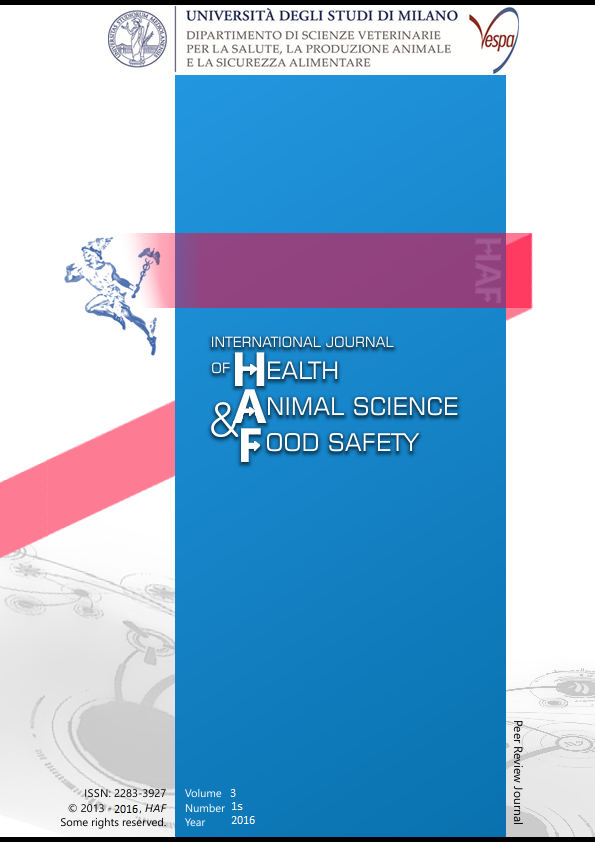Abstract
The Western honeybee, Apis mellifera, represents a relevant productive livestock due to both hive products and to its indispensable role as commercial pollinator of many agricultural crops. In addition,
honeybees contribute to the pollination of wild flowers, thereby helping the maintenance of natural
ecosystems and biodiversity. Recently, the number of managed honeybee colonies has declined in both
North America and Europe. Beside environmental causes, e.g. the loss of forage as a consequence of
agricultural intensification, another cause is the increasing relevance of pests and diseases affecting
honeybee colonies. In the honeybee, hygienic behaviour (HB) is a heritable phenotype that confers to
the colony resistance to foulbrood diseases, chalkbrood, and the parasitic mite Varroa destructor. Nurse
bees manifesting HB are able to detect, uncap, and remove infested and/or parasitized pupae from the
colony. The genetic and biochemical factors that drive the manifestation of this behaviour are under
investigation. Therefore, the selection of such trait still relies on field assays. Heretofore, there are two
main tests to measure HB: the Pin Killed Brood (PKB) test and the Freeze Killed Brood (FKB) test.
Concerning the FKB test, a comparison between the standard FKB test and a variant of this method (E.
Bonfanti) has been performed in order to optimize the methodology in terms of time, costs, feasibility
and safety for the operator and to choose the best option for a subsequent large scale phenotypic
characterization for genetic selection.
Riferimenti bibliografici
Büchler, R., Berg, S., Le Conte, Y., 2010. Breeding for resistance to Varroa destructor in Europe. Apidologie. 41, 393–408.
Neumann, P., Carreck. N. L., 2010. Honey bee colony losses. Journal of Apicultural Research. 49, 1-6.
Spivak, M., Downey, D. L., 1998. Field assays for hygienic behaviour in honey bees (Hymenoptera: Apidae). Journal of
Economic Entomology. 91, 64-70.
Spivak, M., Reuter, G. S., 1998. Honey bee hygienic behaviour. American Bee Journal. 138, 283.
This work is licensed under a CC BY-SA 4.0 international

